Game Design Documents
Stick around because at the end of the article you can download your own free Game Design Document template!
Game Design Documents (from here on referred to as GDD) have been around in the gaming industry for a very long time. They served as the foundation of a game's idea, being created as one of the first parts of pre-production. They outline the vision, story, art style, technologies, sound design, and much more in regards to the envisioned game. Usually, a single individual or small group makes this. This GDD is then used to share the vision with the rest of the team or to pitch it to publishers. All of this without having an actual prototype. It also serves to get new members of the team, who weren't around since the conception of the game, a quick start on what they will work on, and to align their vision.
Almost all of the influential games that were created had some sort of GDD. Some were short, few-page descriptions of the game, like the original Diablo or Grand Theft Auto GDDs. Some were very extensive books almost, outlining the entire game and lore, like Tom Hall's (Id Software) Doom Bible.
Their loss of relevance
Over the years, however, the way we develop games and software has changed in multiple ways as well. AAA development teams started spanning multiple studios geographically, with 100s of people working on the same project. Software engineering changed as well, moving away from a waterfall (create the design first, then write all the code, then all the tests, then deploy, without any changes along the way) approach to an Agile/SCRUM-based approach.
If we look back at the above GDDs, Id Software started with only a few key developers along the way. All of them working together in the same physical space and having direct lines of contact with each other. GTA's GDD even lists who was working on the project, a mere 10 people. If we compare that to the 2500 that Rockstar has now, putting all members of that team into a single room is simply impossible.
Whilst game design documents do still exist in these big companies, they have evolved to something that is not as easy to make or digest anymore. Whole teams of concepts artists and writers now work together on the GDD. They only deliver information to the developers in the form of feature request or bug tickets. Marketing departments create their own case studies in advance to a game being greenlit to start development even.
On the other side of the spectrum, the popularity of solo-developing games has also increased, with easy to use engines like Unity allowing solo-devs to create a game in just a few weeks or months. When working alone, one of the key reasons of a GDD, communicating your vision with the team, drops off. You can store all the information you need in your brain, and just want to work on developing the game, not writing boring documents nobody will read.
It has solid advantages
Because of these changes, in both team sizes, and development approach, should you still use GDDs?
This is also why you'll often hear the advice "don't bother with GDDs anymore, they are a waste of time", and "they block you from making changes along the way". Both are valid reasons, but there are often still cases where a GDD comes in very helpful.
There are a few main reasons why you should still use game design documents (even as a solo developer):
- It let's you organize your thoughts. Instead of a bunch of thoughts floating around your brain, you now solidify your idea into a structured document. Trust me, everyone forgets something, especially if you are still early in your game. You will still rapidly change your ideas for mechanics or story. This makes our little balls of grey matter very confused. Instead, by at least writing down some core aspects of each mechanic, you can still reference them, and write down changes as well.
- You can still share your vision for feedback. Let's say you have the greatest game idea ever. A Battle Royale where everyone plays as goats, fighting for resources like grass and shrubs. You may be certain that this game is going to be the next Minecraft or Undertale, when in reality you will probably not reach the 100 starting player capacity. Having someone you trust and who's feedback you value go through your GDD can be a very sobering thing. Suddenly you can realize what parts of your plan aren't great, what mechanics you could change, which ideas are good, and which ones are just plain bad (I don't think anyone is asking for a goat simulator reboot).
- Starts your marketing early. Think about it, your game design document will contain an elevator pitch, short description of the game, longer description, the mechanics/setting that makes it a unique game, target demographic, concept art,... This will make your job of marketing the game and generating interest much easier, as you already have the base resources required now. Whoever does your marketing, will thank you.
- It helps with your funding. When trying to achieve funding for your game, nearly every publisher or other kind of grant institution will ask for either a business plan, Game Design documents or both. If you're able to just send them your GDD, where you have thought out aspects like marketing, expected sell price, audience, platforms,... you'll give off a better impression. Moreover, by thinking about these things from the start, you can implement them into the core of your game as well instead of hastily tacking them on at the end. It's also easier to create a business plan at the start of your project compared to retroactively adapting the current state of your game into a business plan.
What about indies
For our upcoming game, Forge Industry, I wrote a game design document, and it has definitely helped the development process. If you have a somewhat clear vision, writing one doesn't take more than a few hours. I then shared it with the team where they tore the GDD apart for another few hours. At the end of this, we all had discussed the idea, with the rest of the team finding some flaws in my design, which we tweaked. Now we had a very focused, 15 page document all of us stood behind. Whenever we weren't sure anymore how the mechanics would function we can just reference it.
I'm not telling you that this is the best solution for every developer though. If you are a solo developer, you should shorten your GDDs to something more simple. It's important to still use the GDD as a document to write down your core game focus, but describing mechanics in depth isn't required as you don't have to share your inner workings with anyone from day one.
A popular alternative that has popped up for solo developers is the One Page Game Design Document. This keeps the same main themes as a regular game design, but shorten it to a single (or 2 at most) pages.
Conclusion (and download)
In short, GDDs are still a valuable tool, and should be used in nearly any use case. Even if you are a solo indie developer, it can always still be a fun thing to create a GDD!
I've created my own version of a GDD template, which I've used for creating multiple GDDs myself. You can download the template for free here. I wish you the best of luck on your game design journey.


